15+ Best Platforms to Sell Your Products Online
Joining online marketplaces is a must if you really want to grow your ecommerce business. However, to be successful on these platforms, it’s important to define the most appropriate online marketplaces for your brand.
Each online marketplace has its particular requirements, product classifications, listing fees and customers. Hence, if you want to be sure you’re choosing the right choice, then you’ll need to do some research. It’s essential that you learn about the various campaigns for selling on marketplaces, which ones most suit your products and what you need to do to have a promising start.
However, there’s no need to worry. We’re here to support you. In this article below, we’ll provide you with a list of 15+ Best Platforms to Sell Online.
Are you ready to get started? Let’s dive in right now.
What is an online selling platform?

An online selling platform is understood as an ecommerce site that provides a variety of products from many various sellers. Some of the most popular marketplaces include:
- Amazon
- eBay
- Walmart
- Etsy
- Alibaba.com
- Google Express
Besides, there are also niche marketplaces such as Bonanza and Fruugo, and Hollar, fashion-biased marketplaces like Zalando and Fullbeauty, bargain-focused marketplaces like Tophatter and Tanga, and so many more.
In fact, more than 100 online marketplaces are available for you to potentially capitalize on to approach customers who do their online shopping over the world. It’s a lot for you to consider. But remember that you simply need to decide which channels are the best for your brand.
Why should you sell your products online?

Fast launch times
If you’ve just started selling online, marketplaces can be a clever way to create revenue and grow your brand as you work to generate traffic to a new ecommerce website. When already accepted as a third-party seller on marketplaces, you just need to post your product feed and begin selling.
Do you already own an established online shop? Here’s another tip: Several brands utilize “where to buy” widgets to take visitors from their sites to marketplaces product pages, where consumers can put products to shopping carts without immediately being exposed to competitors.
Established programs
All of the largest and most established online marketplaces use programs to assist you in navigating the flow of marketing, selling and fulfillment.
For instance, sellers on Amazon, eBay, and Google can access Amazon Advertising, eBay Promotions Manager, and Google Shopping Actions. These digital marketing programs are loaded with tools so that you get products in front of all the appropriate customers, at just the appropriate times.
There are some similar options available to help sellers satisfy their consumer expectations for quick, free shipping. With programs like Fulfillment by Amazon and eBay Global Shipping, for example, it’s possible for you to choose to use the marketplace warehouse, pick, pack and deliver inventory on your behalf.
Large customer bases
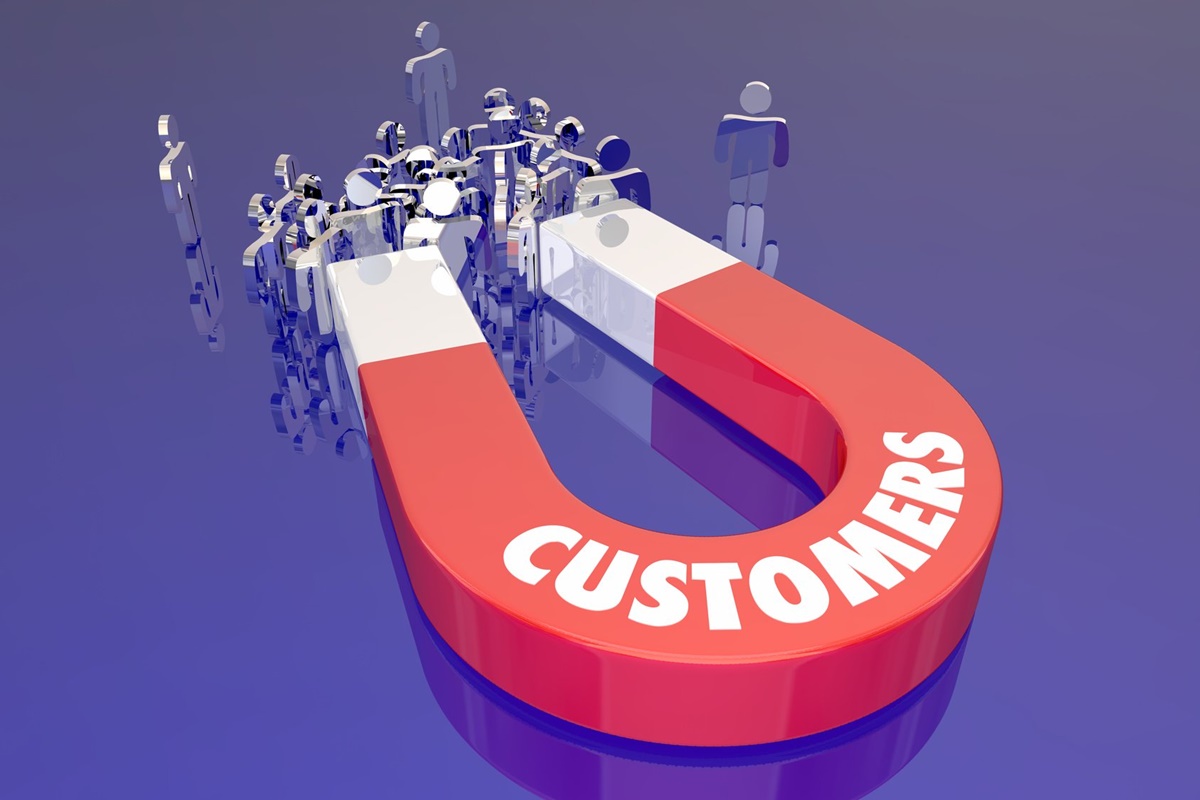
As you may have wondered, a lot of online marketplaces have huge built-in audiences of customers who shop these websites on a regular basis. Between Amazon, eBay and Walmart alone, there are about 500 million active visitors every month.
Here are top 15 best platforms to sell online:

Build your own online store
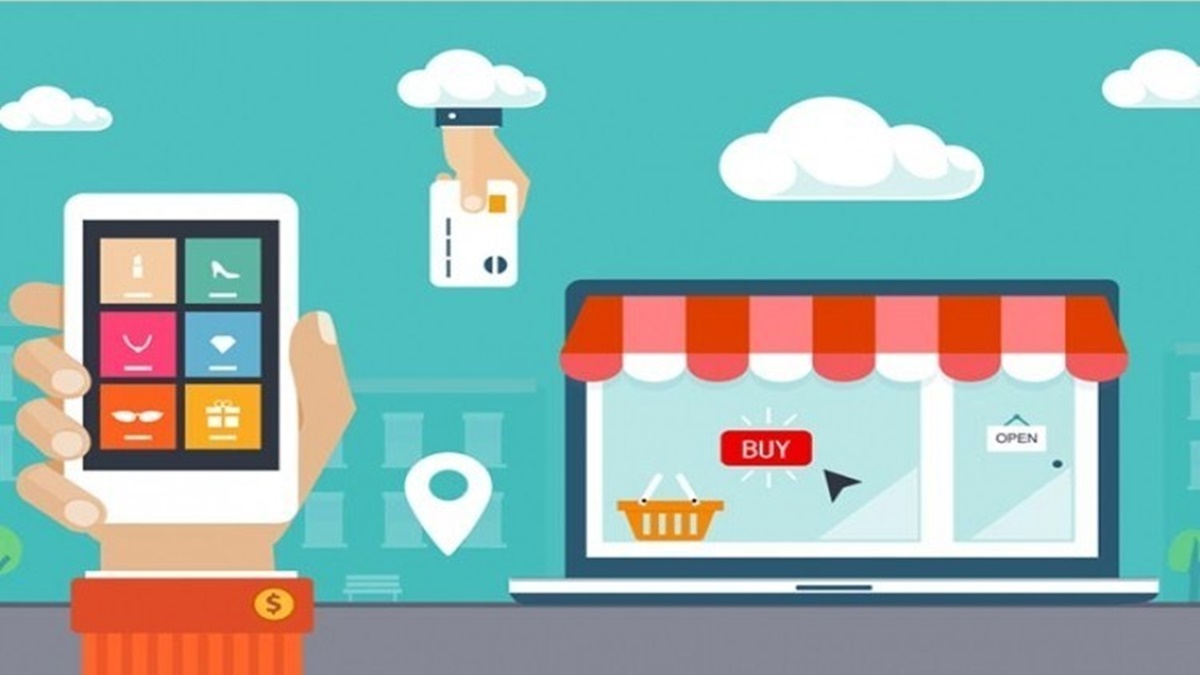
If you would like to gain more profits and grow a business that will become a long-term asset, you must consider selling your own website.
When you decide to sell from your online store, you need to build your own traffic, which can make it a little more difficult to start than selling in a larger marketplace. However, you’ve done, there’s no need to compete with any competitors and all your sales belong to you.
With this choice, you can grow your own brand, rather than Amazon’s or eBay’s. When you sell products on these platforms, who’s actually making the sale? They’re expanding their brand, not your brand. People often say “I bought it on Amazon”, “I got it on eBay” without mentioning the name of the seller. You are the person who contributes to their marketplaces and their sales. So why don’t you try putting that effort into your own business instead?
Sell on marketplaces
Sell on Etsy
Etsy went into operation in 2005 in New York as an online marketplace for crafters, artists and vintage enthusiasts. As selling on Etsy become more popular, this platform now has 1.6 million active sellers and 26.1 active purchasers.
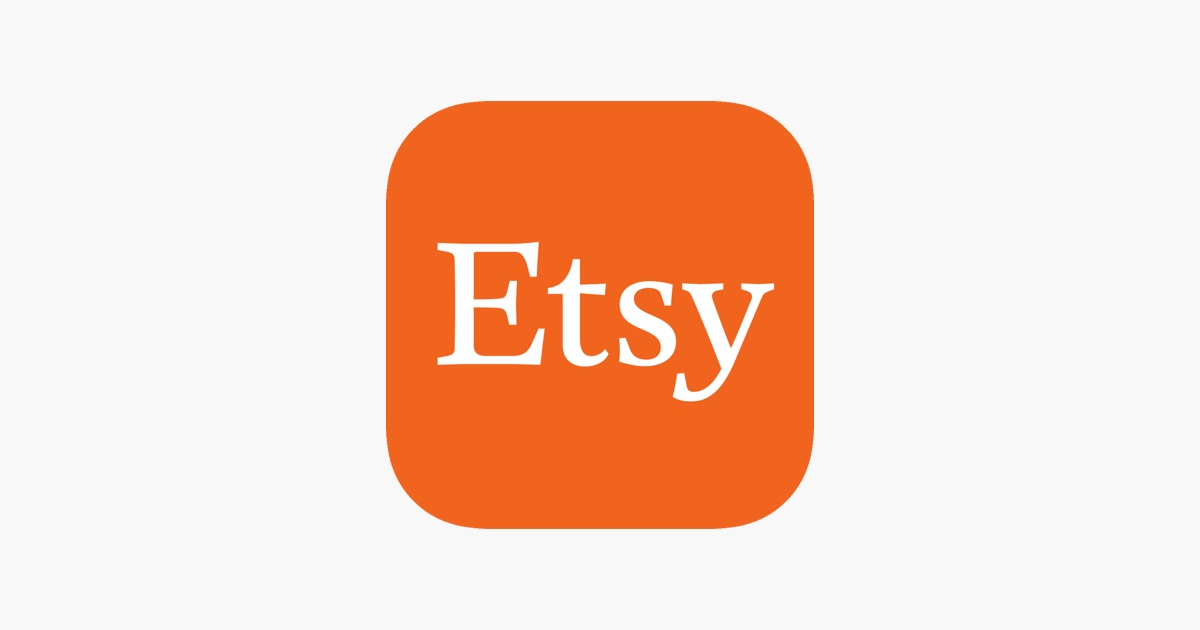
Etsy specializes in handmade and vintage products, and craft supplies. It’s true that it limits the number of items on the network. However, If you are the person who often makes geeky things, costumes, cool gifts, home decorations, accessories, this is an ideal place to sell it all.
Etsy costs you a $0.20 listing fee for each product. The product stays in your store for four months or until it is sold. When you sell a product, you need to pay a transaction fee and a three percent with a $0.25 processing fee.
Sell on Amazon

Amazon is a reliable, go-to site for more than 20.6 million buyers every month. Selling on Amazon automatically increases a sense of trust for your customers. Such a huge quantity of visitors means that your products are more likely to be seen.
Amazon charges a professional selling account a $39.99 monthly fee for an application process. If you’re going to sell fewer than 40 items per month, you can start with an individual seller account without monthly fee. With this account, you just have to pay a $0.99 per product with percentage fees, depending on the category in which your product is selling.
Amazon is perfect for those who tend to move a huge number of products and need access to a wider audience.
Sell on eBay
eBay is an online selling platform which was established in 1995. The power of eBay selling is undeniable. You can sell anything on eBay.

It’s important to consider selling fees when you want to sell on eBay. To list a product, you’ll need to pay a refundable fee and pay another “insertion” fee if you would like to list the similar product in another category. eBay also charges you a “final value fee” which is a specific percentage of the price that your product sells for as well as a percentage of the delivery fee. These fees change and are determined according to what your item is, how many and what types of categories it is put on and shipping.
eBay is an amazingly large network with more than 25 million sellers and 182 million active purchasers. It’s really worth trying and experiencing.
Sell on Walmart

Walmart, one of the biggest retail corporations in this globe, has participated in the eCommerce marketplace world. It is a selling platform where sellers can list and sell items. With Walmart, you can capitalize on its massive customer base. Besides, it’s cost-free and free to get started.
Sell on Rakuten

Rakuten is known as the “Amazon of Japan”. It is a large market with more than 126 million and more than 90% of Japan’s interest users. With Rakuten, you’re not competing with the site itself. It’s also possible for you to customise your store within the platform - something that other big eCommerce sites don’t allow.
Sell on Craigslist

It’s super easy to use Craigslist. It used to gather information on local happenings around the San Francisco Bay Area. It’s now a go-to online selling platform for a lot of individuals and even some brands. This site is perfect for those who would like to sell locally and make deals in person. Moreover, some people can leverage purchasing low and selling high on Craigslist, which can convert into a profit for those into market arbitrage.
Sell on Chairish
Chairish specializes in high quality furniture and home decor. When you list items on this platform, you’ll pay a percentage of the selling price. The percentage that Chairish takes depends on how much your product sells for: 20% of the first $2,500, 12% of the next $22,500 and 3% of the next $15,000.

You don’t have to pay any cost when listing items until you sign up for their Elite service, then the cost is $149 monthly. As you list your products, and the curators at Chairish review them to ensure that they satisfy their standards. Then they touch your photos and make the products available on sale. Chairish also handles the shipping logistics, so there’s no need to worry about delivering large pieces of furniture. It’s also your choice to arrange your own shipping.
Chairish is a perfect online selling platform for those that would like to sell furniture and other home decor. They maintain high standards, which is great for purchasers and collectors.
Sell on Nextdoor
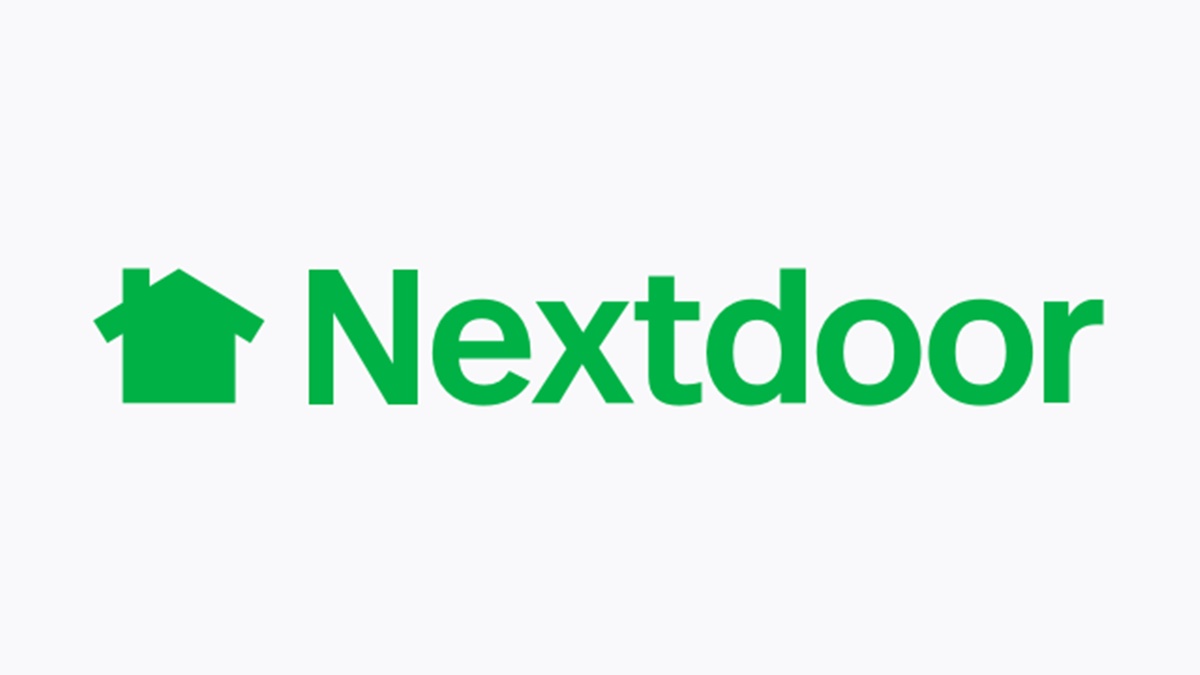
Like Craigslist, Nextdoor is a platform where neighbors can provide information about what’s happening in their communities - from declaring a neighborhood block party to criticizing the traffic noise on their streets. Moreover, Nextdoor also builds a free forum for selling your items online. It charges no listing or membership fees, however, you need to meet your purchaser and make the exchange in person.
Sell on Bonanza

Bonanza is a huge and increasing community of online stores with more than 50,000 sellers and 35 million different items. Many sellers are earning money on this platform. The site has merchants and buyers in almost all countries in the world. Over 40,000 sellers have already built businesses here.
Sell on Ruby Lane
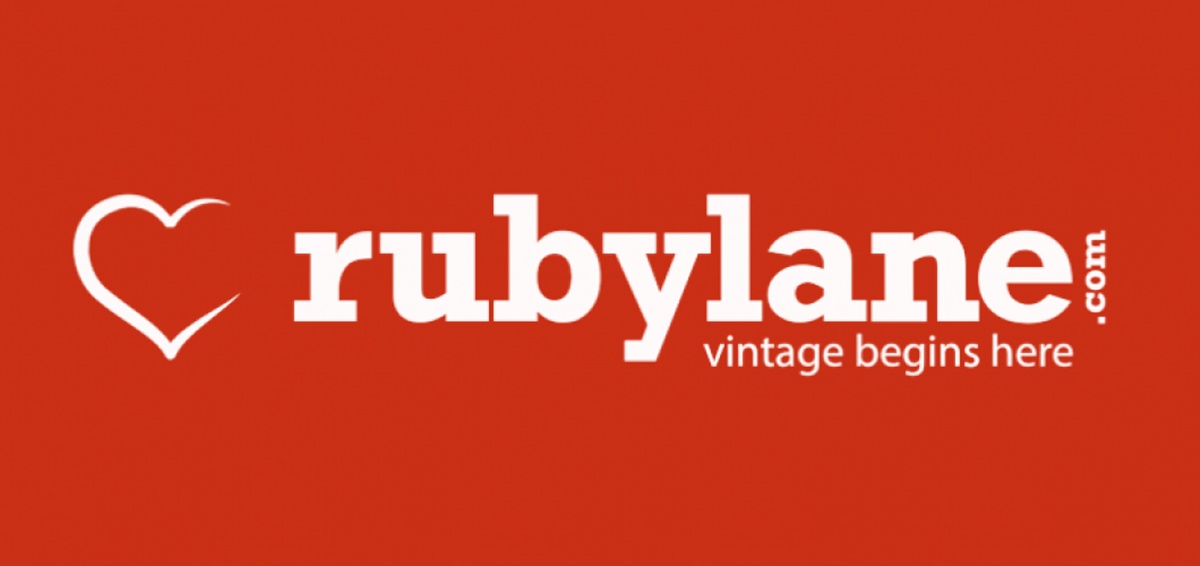
Ruby Lane is designed to gather purchasers and sellers of antiques, art, vintage collectibles and jewelry together. Ruby Lane has 1.1 million unique visitors every month, which is excellent for a niche marketplace. To set up a store on Ruby Lane, you’ll pay a one time fee of $100 and a monthly store fee of $69 for stores with no more than 80 items. The shop fee varies according to the number of items you have listed.
Sell on Newegg

Newegg is an online selling platform that specializes in everything tech, which means electronics, computers and parts, entertainment, smart home and gaming items. Sellers can list items on the marketplace, which can be shown to 36 million consumers. Newegg offers account managers who can assist you in setting up your business and provide you with guidance along the journey. Newegg provides three membership choices: Free, $29.95 a month, and $99.95 a month. The more you pay, the more help, tools, flexibility and listing you can receive.
Sell on Facebook marketplace
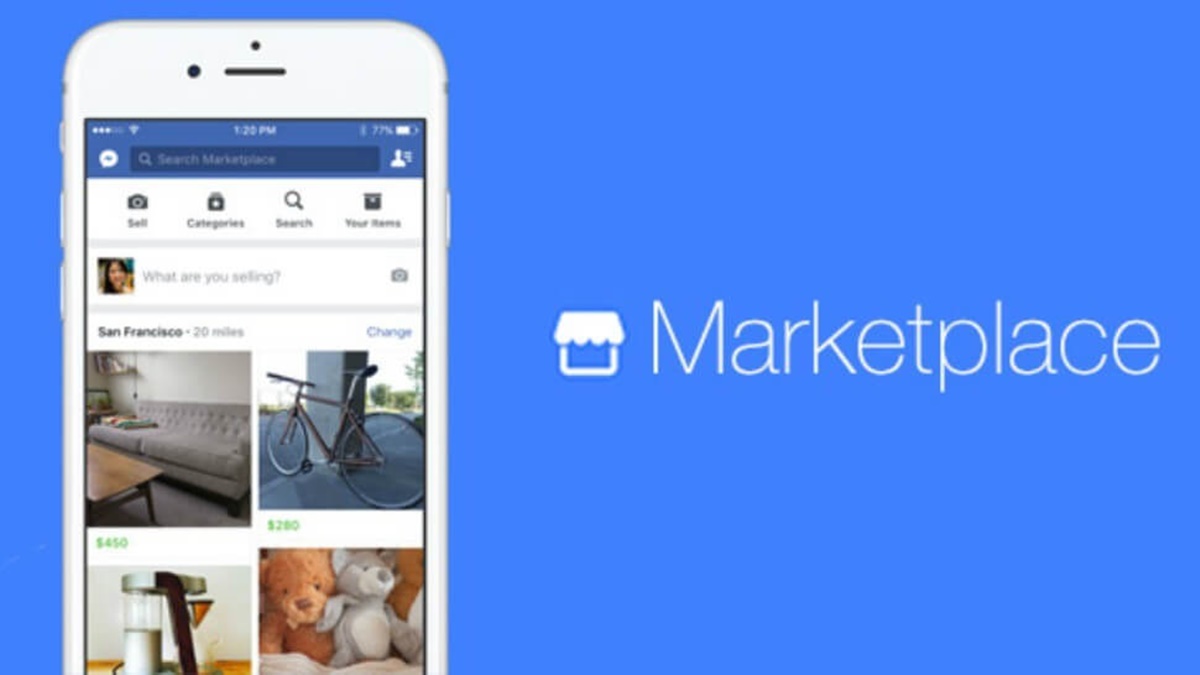
Facebook invented the Facebook Marketplace to gather people in communities together to purchase and sell. What’s interesting about Facebook Marketplace is that the company is beginning to give support to ecommerce merchants. Facebook has collaborated with online selling platforms, such as Shopify, to help enhance the presence of online merchants on Marketplace. Although there are no listing fees, you have to obey some certain requirements and guidelines.
Sell on Google Shopping

Google Shopping Ads show up when users search for items and they can be a perfect way to advertise products. They have great click-through rates, strong visibility when users search with their mobile devices, their advertisements are visual and likely to catch attention. Whenever you make changes, they will be automatically updated. You can approach data to see how things are going.
Sell on Niche-Specific sites
Niche-specific sites are marketplaces where sellers only sell one sort of product. So instead of the bigger category-based marketplaces such as Amazon and eBay, these websites hone in on one of those choices and specialize in only that. For instance, if you were really engrossed in selling clothing, you should try selling on Poshmark. Or if you would like to sell gear for the outdoors, you might consider selling on a site like GearTrade.
These niche-specific sites will enable you to really concentrate on one market, and understand the selling techniques that suits best with that niche’s purchaser-audience.
Sell on Whop

Whop is a marketplace and eCommerce platform for digital products. You can sell anything from courses, templates and eBooks, to community access on platforms such as Discord and Telegram. Whop has become super-popular with creators and GenZ users, particularly in markets like reselling/ecommerce, trading and sports picks. Whop make it easy to create a hosted eCommerce page with no coding knowledge required.
Which platform suits you best?

There are a number of choices for you, so it depends on which of these following elements attract you the most
If you’re looking for websites like eBay but cheaper, Amazon, Bonanza and eBid are excellent alternatives.
With a huge range of items and giant customer base, Amazon is the only platform that’s similar to eBay in size. So it’s worth trying.
Like eBay, you can sell as many products as you want on Bonanza. Also, they have a really good relationship with sellers.
If you’re going to sell something crafty or unique, Etsy and Ruby Lane are highly recommended.
These creative style platforms are developing leaps and bounds, with Etsy ranking highest after eBay in overall Sellers Choice ratings. These platforms might be wrong for the sort of product that you want to sell, but if you’re not tied down, then these sites are great to try out.
If you don’t want to pay to list products until you make a sale, Bonanza is a good option.
This site has impressive communication, and your listings will only cost you if they work.
Amazon also requires no cost to list products on, but it costs higher commissions. The high amount of traffic on Amazon may make up for that, depending on how much competition you’re encountering and how much need there is for what you’re selling. You can consider listing on both and see which brings you the best returns.
If you would like to sell locally without any cost, try Craigslist and even local markets
This is a type of cheap and nasty choice where you’re left to your devices and often trade in person. However, if you want to sell locally and do more in the selling process, Craigslist is good to consider.
If you’re passionate about selling locally, you also can consider other outlets like local markets, particularly if you like this social element. These environments are fully loaded with purchasers and can provide you an extra opportunity to show your wares and grow your sales.
If you want to avoid competition, you should create your own online store.
If you want to dodge competition, listing fees and paying commission, consider operating your online business. It requires more efforts to set up and promote, however, in the bigger picture, it can be a greatly profitable choice.
If you’re really concerned about one sort of product, niche-specific sites are born for you.
Lastly, if you’re passionate about selling one sort of product but you don’t like to create your own store, niche-specific marketplaces are for you.
7 tips to successfully selling your products online

1. Optimize product content
There are product listings buyers see, and product listings visitors buy.
What makes the difference?
It’s your product content. Product titles, descriptions and categories are the things that often encourage customers to make purchases. If you put more effort into these, your listings are likely to be on the top of marketplace finding results.
Spend time choosing the right keywords, write appealing product descriptions, determine the best categories and optimize your photos.
2. Prepare to advertise
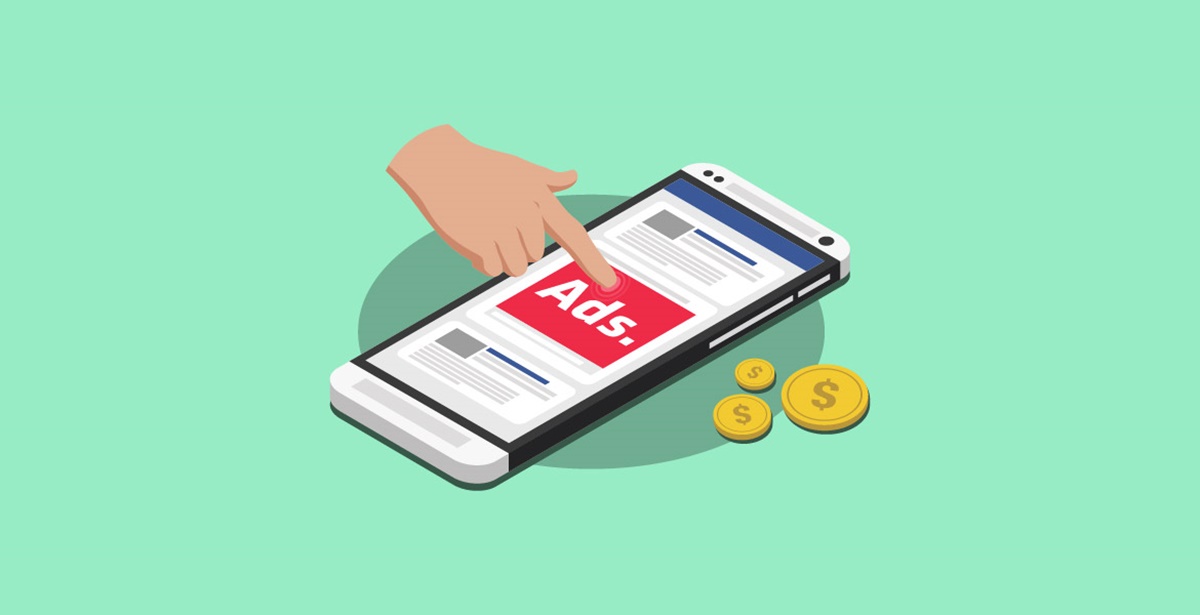
Almost all product pages are populated with advertisements. However, these are not similar to popups and banners that customers tend to ignore. These will get clicked.
If you want to gain success on marketplaces, you’ll have to spend on at least a little digital marketing to promote your items.
3. Calculate profits
Each online marketplace has its different seller transaction fees, commissions and requirements. You have to understand these differences so that you can make sure they are profitable channels for you in the upcoming time.
4. Automate your pricing
Keep in mind that within marketplaces, buyers often have a variety of choices for buying the same products at various prices.
In order to remain competitive in this area, you’ll have to change the price of each item according to your competitors’ pricing. A lot of sellers utilize algorithmic repricer to get this process automatic.
5. Diversify your shipping strategy

A surprising 96% of customers now expect free delivery, and 26% are likely to discard a shopping cart if shipping is too slow.
Without a cheap way to ship on these demands, fulfillment cost could take up a large amount of your profits. Therefore, it’s important to access the most competitive carrier pricing and shipping choices.
A mix of various methods can make sure the fastest, most cost-effective choice for each order. In this situation, you can utilize private carriers like UPS and FedEx for some orders, and USPS for others.
6. Be ready to expand
If you’re serious about developing an ecommerce business, you’ll gradually want to expand to different online selling platforms.
The key is to streamline your development. Many businesses do this by depending on an ecommerce platform invented to integrate with dozens of other marketplaces. So rather than uploading your item data every time you determine to expand, you just need to add your data and list your items once. Then tell the platforms when it’s appropriate to share it with a different marketplace.
7. Let your customers know
Bear in mind to spread the word. You can send an email, create a push on social media or design call-to-action buttons on your page. Whatever you’re going to do, ensure that your customers know they can purchase from you on their preferred marketplaces.
Conclusion
Whether you’re preparing to run a new ecommerce business or have been selling online for a long time, online marketplaces should be a key part of your campaign. Hope that with the range of 15+ Best Platforms to Sell Your Products Online we’ve brought to you, you can easily choose the most appropriate platform for your own business.
We’re ready to answer any questions from you, just leave them in the comment section. Thank you for reading!
New Posts







